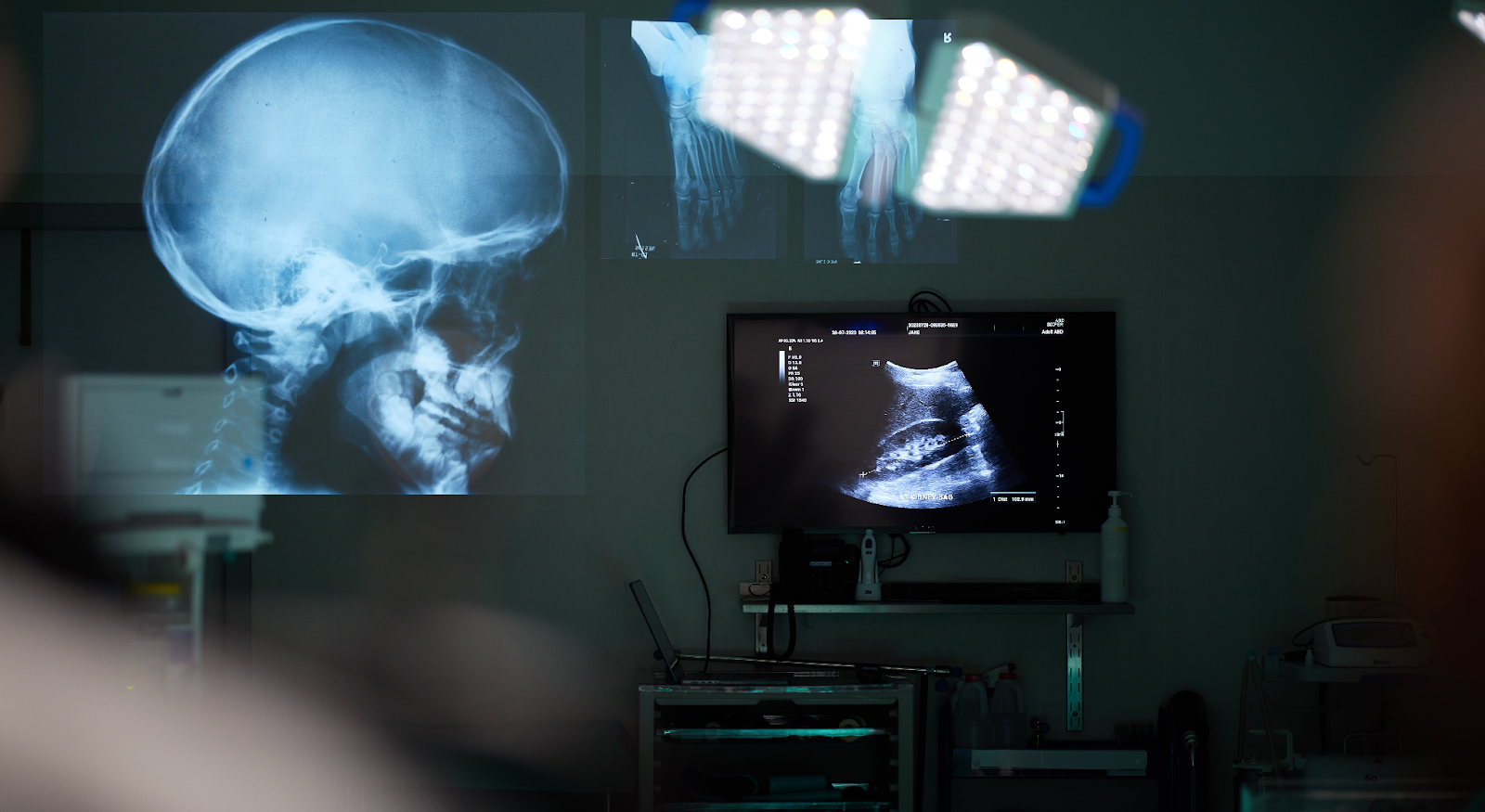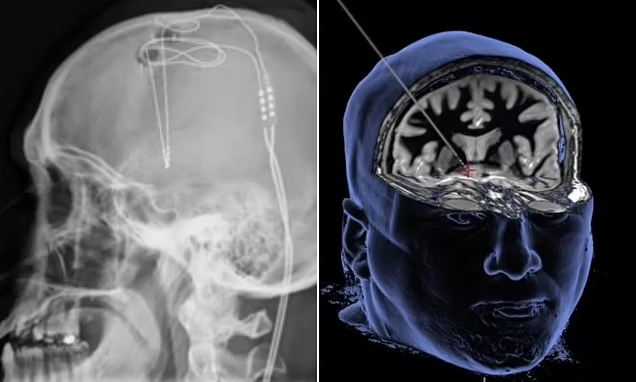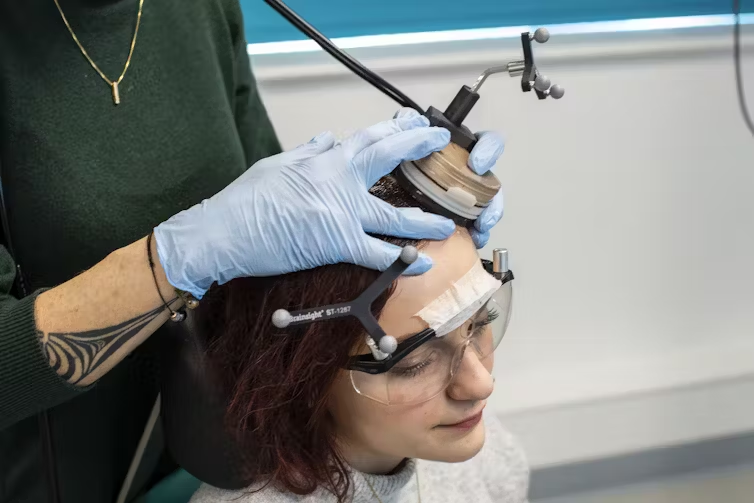A groundbreaking approach using ultrasound waves to target addiction may soon change how addiction is treated. This new method, led by researchers from West Virginia University’s Rockefeller Neuroscience Institute (RNI), could provide hope for millions struggling with substance abuse.

(image: The Independent)
The Science Behind It
The process utilizes a unique helmet-like device that directs high-frequency ultrasound waves to the brain’s nucleus accumbens, a central area for managing reward, motivation, and addictive behavior. By sending these waves into the brain, the method triggers vibrations in the cell membranes within this reward system, effectively disrupting the pleasure response that fuels addiction.
Testing the Treatment on Real Patients
The RNI team recently conducted a trial on John Hilton, a 39-year-old who had battled addiction for over two decades. While viewing images of heroin use, Hilton’s brain was treated with ultrasound waves for around 30 minutes. Once the session concluded, he reported a notable reduction in cravings.
This new approach, which has already received FDA approval, involves using tiny electrodes inserted into the skull near the reward centers in the brain. The goal is to dampen the reward-seeking behavior linked to addiction, thus making it easier for individuals to handle everyday triggers without succumbing to their addictions.

(image: Getty images)
Tackling America’s Addiction Crisis
In the U.S., addiction to substances like opioids and alcohol is a critical issue. Over 100,000 people die each year from drug overdoses, while approximately 2.7 million Americans are grappling with opioid addiction, according to the National Institutes of Health (NIH). Traditional treatments involve medications to block the euphoric effects of drugs and alcohol. However, this ultrasound therapy offers a unique, direct approach to physically alter the brain’s response to these substances.

(image: Getty images)
Promising Results and Expanding Trials
The initial study, conducted in 2021, showed promising results, with some patients experiencing a drastic reduction in cravings. In a trial involving 20 patients, nearly 75% maintained sobriety for several months following treatment. Given the positive outcomes, RNI has secured $5 million in NIH funding to further test this therapy in collaboration with institutions like Weill Cornell Medicine and the University of Maryland.

(image: Getty images)
Future of Addiction Treatment
While the ultrasound treatment shows potential, researchers emphasize that it will likely need to be part of a comprehensive care plan. As James Mahoney, Ph.D., a clinical neuropsychologist at RNI, pointed out, the cravings may return if patients don’t develop healthy coping mechanisms to replace addictive behaviors.
This innovative ultrasound-based approach could be a game-changer for addiction treatment, potentially paving the way for those who have struggled to find relief through traditional methods. Researchers continue to build on these findings with hopes that this novel method will bring lasting change for individuals battling addiction.
Stay updated with the latest in health innovations by following our page!


